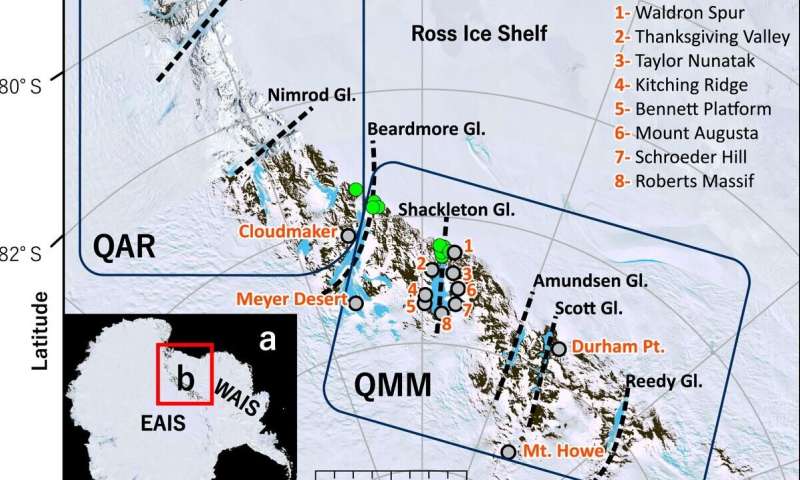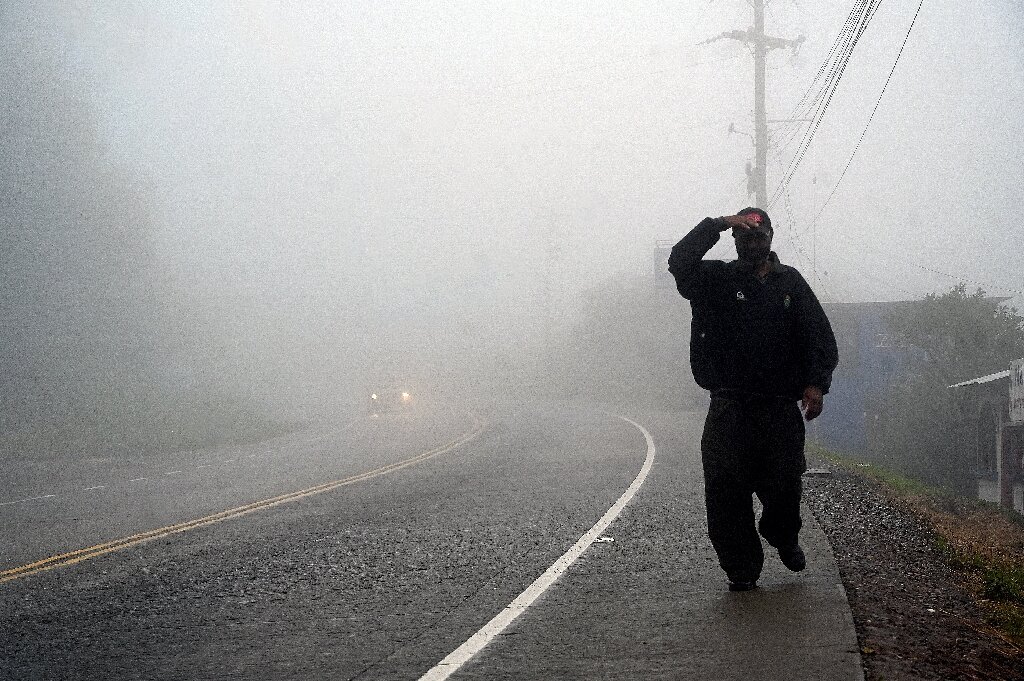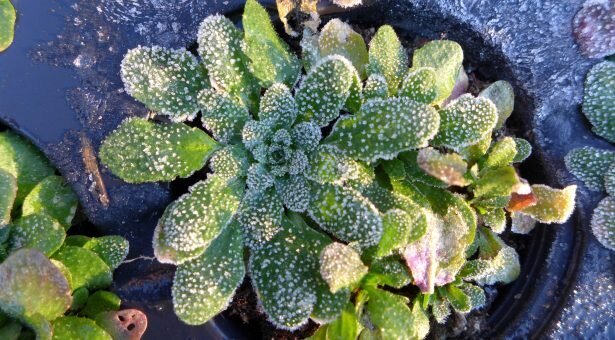#Tiny ‘ghost creatures’ from Antarctica give insight into past, current climate change
“#Tiny ‘ghost creatures’ from Antarctica give insight into past, current climate change”

The world’s scientists have been trying to figure out how exactly ice sheets in Antarctica have changed and moved for decades. Knowing this is critical to understanding rises in sea level and the accompanying global impacts.
Many of those efforts have produced promising models of ice ages and warmer periods, but confirming their accuracy has been difficult to nail down. Now researchers, led in part by BYU’s Byron Adams, are using the history of tiny little microscopic Antarctic animals to solidify exactly how ice sheet dynamics played out over time and how they impacted historical ecosystems.
“The evolutionary history of biological organisms can corroborate what we infer from glaciology and geology about climate change in the past,” said Adams, a professor of biology at BYU. “In so doing, we are better able to predict how life on earth might respond to these types of changes now.”
In a new paper published Monday in the Proceedings of the National Academy of Sciences, Adams and colleagues from eight different research institutions produce genetic data from the microscopic critters that corroborate climate reconstructions and estimates of past warm periods of reduced ice and absent ice shelf in the Ross Sea region of Antarctica.
The researchers have spent the past 20 years collecting samples of six different species of microarthropods across 91 Antarctic locations. These tiny animals, known as Collembola, live in the soil. They have very limited mobility and can only colonize areas that are ice-free. During ice ages, the ice sheets advance, expanding their coverage of habitable space, while during warming periods, the ice sheets contract and get smaller, leaving more open real estate where the soil animals can disperse.
By studying their current locations and patterns of genealogical and evolutionary divergence, Adams and his team are able to better understand how the West Antarctic Ice Sheet has changed overtime. The researchers found four species of the creatures that each showed genetically distinct populations at locations likely isolated for millions of years. The two other species were less genetically diverse, although they were restricted in range.
Together, these patterns give an independent estimate of the timing and magnitude of Antarctic ice sheet advances and retreats.
“Biology can be a powerful tool for making inferences about earth history,” said Adams. “We were thrilled to see the evolutionary history of the organisms is consistent with current models and geological and glaciological estimates of the West Antarctic Ice Sheet dynamics.”
Fellow researchers on the project came from institutions including the University of Waikato, Polar Knowledge Canada, the British Antarctic Survey, the University of Pretoria, the Ohio State University, Universidad Complutense de Madrid, and Colorado State University.
Adams himself has traveled to the Ross Ice Shelf every year for the past 17 years to collect samples. His research on tiny creatures, from water bears to nematodes, has provided a number of insights into historical climate change.
“If we really want to understand how climate change will impact us in the future, it is important to understand how it impacted life in the past,” he said.
More information:
Gemma E. Collins et al. Genetic diversity of soil invertebrates corroborates timing estimates for past collapses of the West Antarctic Ice Sheet, Proceedings of the National Academy of Sciences (2020). DOI: 10.1073/pnas.2007925117
Tiny ‘ghost creatures’ from Antarctica give insight into past, current climate change (2020, August 26)
retrieved 26 August 2020
from https://phys.org/news/2020-08-tiny-ghost-creatures-antarctica-insight.html
This document is subject to copyright. Apart from any fair dealing for the purpose of private study or research, no
part may be reproduced without the written permission. The content is provided for information purposes only.
If you want to read more Like this articles, you can visit our Science category.
if you want to watch Movies or Tv Shows go to Dizi.BuradaBiliyorum.Com for forums sites go to Forum.BuradaBiliyorum.Com


